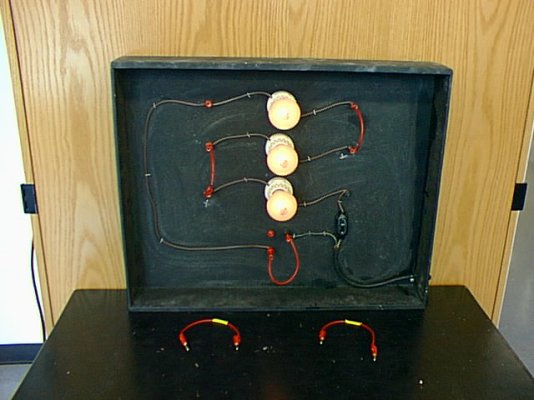We recently had kitchen remodeled. New fixtures installed with 23w CFLs. Sometimes when they are turned on (3 wired per switch), one of them has an initial transient that is very bright which lasts for a second or so and then the brightness is the same as the others (dimmer than steady state but increasing over time to the steady state brightness). It does not always happen but it happens enough that I am not surprised when it happens.
Anybody else have this experience? Wondering what causes it, is it a problem, fix = ??
The bulbs do not have the screw in base like incandescents. They have 4 pins
at the base and I think you push them in to install. I think they also have
electronic ballasts that (I think) are part of the fixture.

